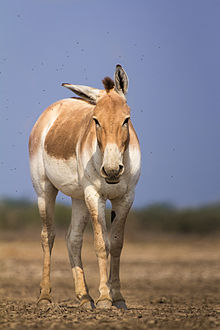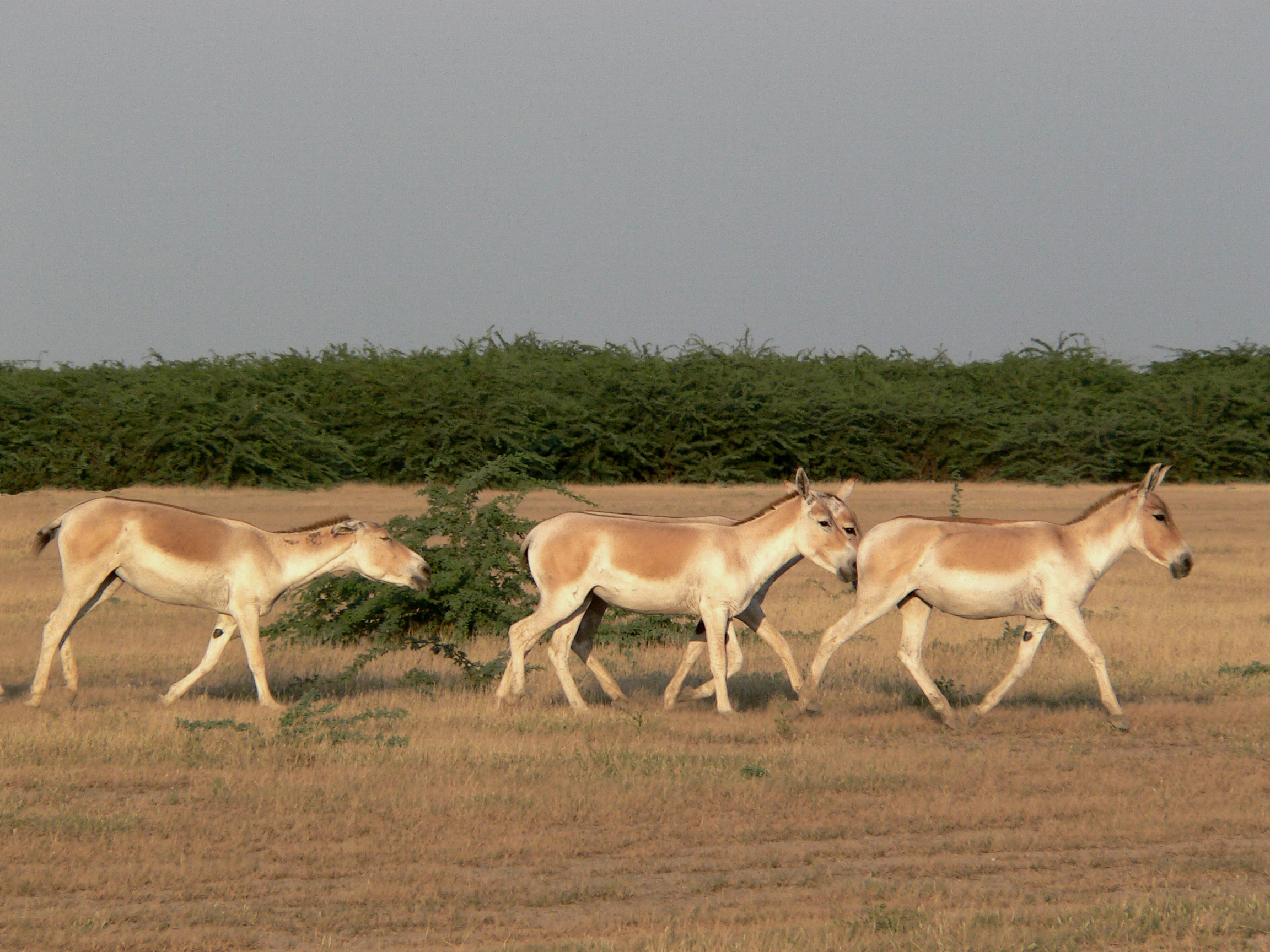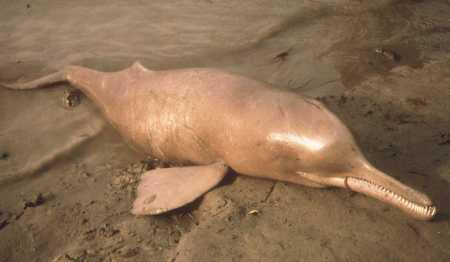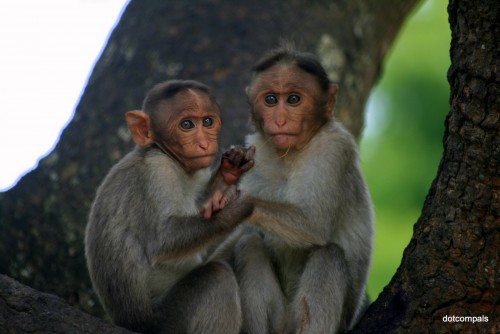|
www.indiasendangered.com 
|
|

Indian Wild Ass (Equus hemionus khur)
|
-
The Indian Wild Ass or Khur is a subspecies of the Asiatic Wild Ass, the Onager.
-
Both are classified as Near Threatened (NT) on the IUCN Red List.
-
Protected under Schedule I of the
Wildlife (Protection) Act 1972, India.
-
Included on Appendix I of the Convention on International Trade in Endangered Species (CITES),
making international trade in this species illegal
|
| HABITAT |
Saline deserts (rann), arid grasslands and shrublands are its preferred environments. |
| RANGE |
Its biggest stronghold is the Indian Wild Ass Sanctuary in Little Rann of Kutch (LRK) in Gujarat, and surrounding areas. The 4954 sq. km sanctuary spreads across Surendranagar, Rajkot, Patan, Banaskantha and Kutch districts.
In recent times, it has extended its range significantly to encompass the Greater Rann of Kutch (GRK), as well as parts of Ahmedabad district. Stragglers have also made their way to neighbouring Rajasthan’s Jalore district. |
| PHYSICAL FEATURES |
- Are significantly larger than donkeys; are 200-290 kg in size and 2.1-2.5 m in head-body length.
- Males are larger than females.
- Coat is sandy, and varies from reddish gray, fawn to pale chestnut.
|
| FAST FACTS |
- The khuur, along with the other subspecies of the Onager, is the most horse-like of the wild ass species.
- It is arguably the fastest Indian animal, and can attain a top speed of 70-80 kmph.
- Stallions live singly or in small, territorial groups, while large family groups contain mares, foals and juveniles.
- Mating occurs during rainy season and stallions battle over mares.
- It was once found in Pakistan as far west as Baluchistan, but it has become regionally extinct there due to overhunting and habitat destruction.
|
| POPULATION |
An estimated 4,800 Khurs exist, up from 4,038 in 2009 and 4,451 in 2013. The overall trend of the population has been upward since the 1970s, and the Indian population is currently the 3rd largest among all Onager subspecies. |
| THREATS |
- Changing landuse patterns caused by the Mega Narmada Dam Project and the Sardar Sarovar canals.
- Illegal salt panning in the LRK, which greatly disturbs the hydrological regime of the Ranns.
- Overgrazing and proliferation of the invasive Prosopis Juliflora has greatly reduced the amount of forage available.
- Man-animal conflict is on the rise, due to crop raiding by Khurs.
- Many highways pass through Khur habitat, increasing risk of traffic-induced mortality.
|
| Image courtesy: https://upload.wikimedia.org/wikipedia/commons/thumb/3/33/Asiatic_Wild_Ass.jpeg/220px-Asiatic_Wild_Ass.jpeg |












One thought on “Indian Wild Ass”